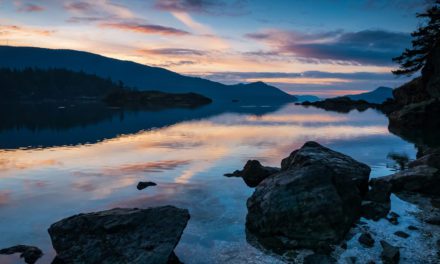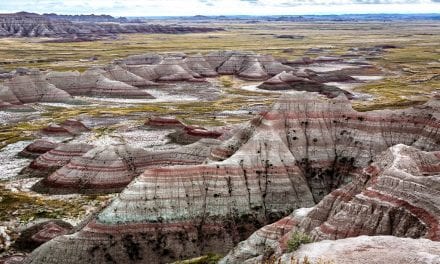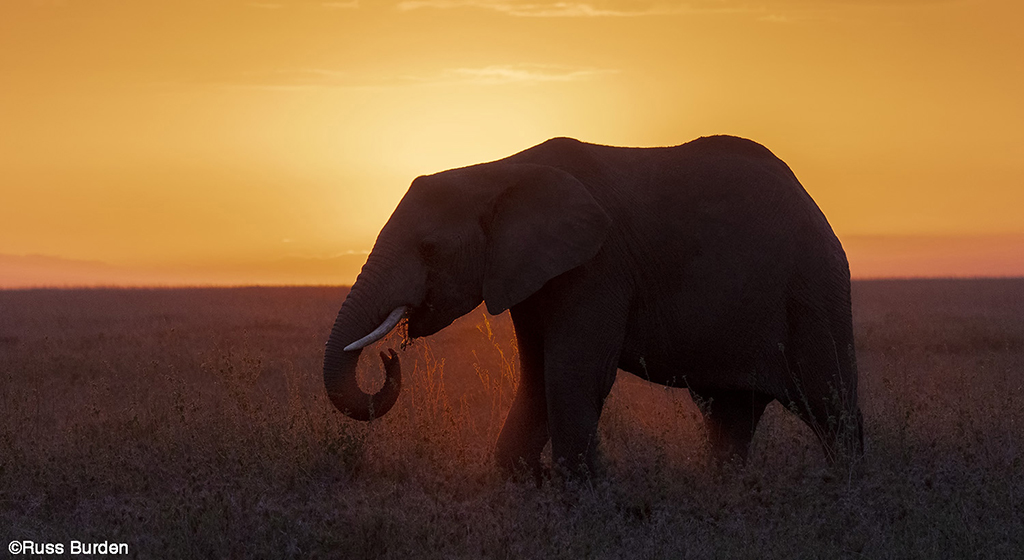
Vibration reduction, image stabilization and other technologies that assist in obtaining tack-sharp images have come a long way since their inception. I use them all the time, but I also accept their limitations. This is the key. It’s essential you know at what shutter speed/focal length/aperture combination they no longer ensure crisp photos. Run tests to find out your own personal cut-off points. When reached, grab the support system that’s best for the job.
Tripods
In general, the heavier the tripod, the greater the stability. That being said, one that’s too heavy is counterproductive in that it becomes a burden. A good rule of thumb is to purchase a tripod that’s sturdy enough to stabilize your longest lens. If the weight of the tripod is a major consideration, opt for a carbon fiber model. They’re light and provide excellent stability but at a higher cost. Factor in the number of years you’ll own it and the effective cost is greatly reduced. In essence, carbon fiber is the way to go. Tripods have an often-overlooked benefit when it comes to scenics. They force you to work more slowly, which allows you to deeply scrutinize each composition. You’ll more easily notice distractions and undesirable compositional elements that can be dealt with prior to making the picture.
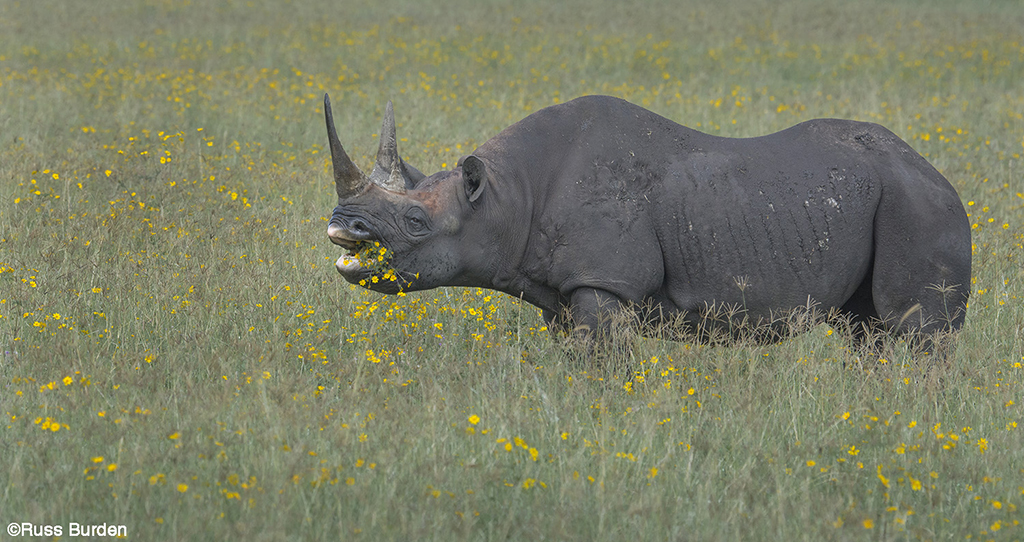
Gimbal Head
A gimbal head is mostly used for long prime lenses. They have a number of advantages over ballheads or pan and tilt heads. A gimbal is designed to allow smooth tracking of a moving subject on any axis. This is what makes them especially popular with regard to birds in flight. Additionally, when a long lens is properly mounted by finding the balance point, the lens can be pointed up or down and not have to be locked in place to stay at the angle to which it’s moved. This is huge when it comes to a bird ready to take off. Simply leave the lens pointed at the perch and when the bird flies, it can be tracked without interruption since nothing is locked down tightly. There are many long zooms currently on the market, but in that they “telescope” when zoomed, that throws off the balance point. While these lenses can and are used with gimbals, the telescoping aspect acts as a negative.
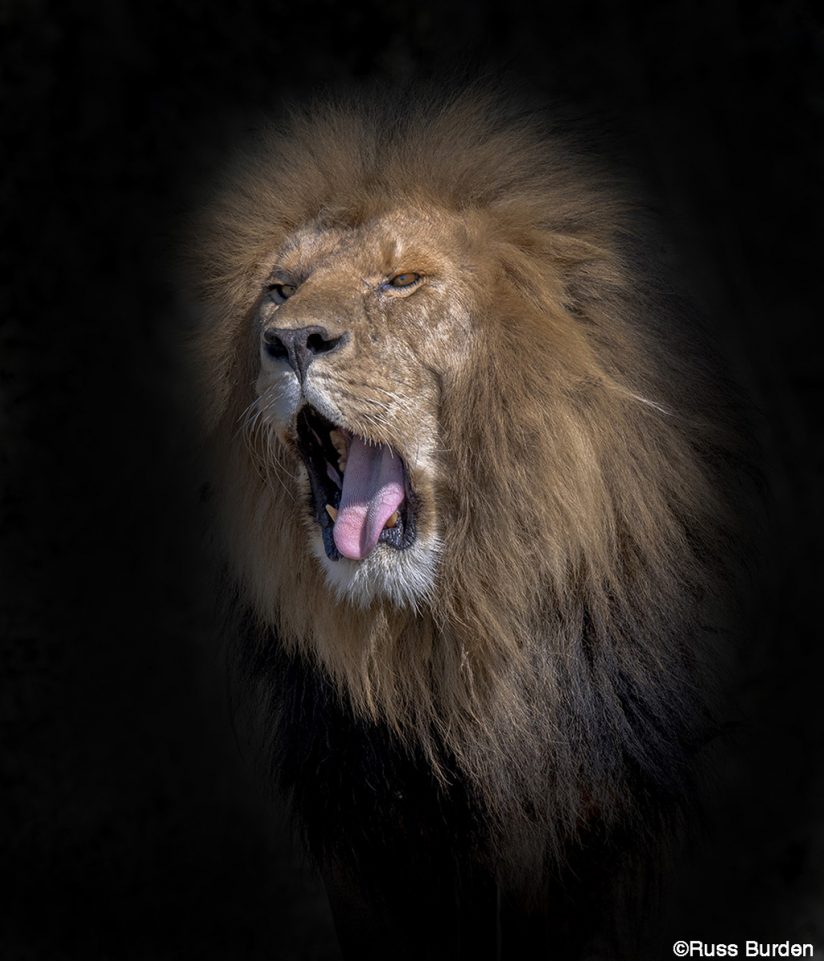
Pan And Tilt vs. Ballhead
When I make landscapes, I prefer a pan and tilt head. When I photograph wildlife, I prefer a ballhead. The reason why I love a pan and tilt head for landscapes is it allows me to move a single axis without disturbing the other. In other words, if all I want to change is the height of the horizon in the viewfinder, I loosen the handle that allows me to solely adjust that axis and the other stays locked down. As a result, the camera stays level. When a ballhead is loosened, every axis has the potential to change a few degrees. For me, the pan and tilt is more precise.
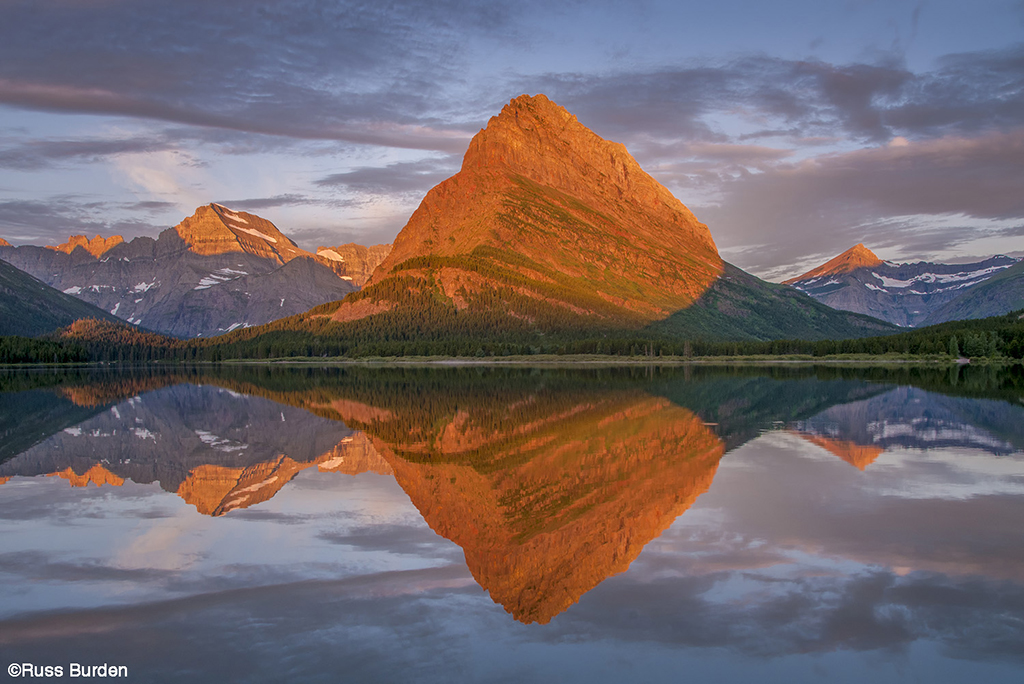
Window Mounts
Window mounts are used when you photograph from your vehicle. Animals have become accustomed to cars, so they can be used as a blind. Since it’s awkward to set up a tripod around seats, center consoles and steering wheels, so evolved window mounts. With a window slightly rolled up, they fit over the lip and are steadied by a section that butts up to the inside panel of the door and creates a solid platform for a lens and camera. Engine vibration is easily transferred, so make sure it’s turned off or the images won’t be sharp.
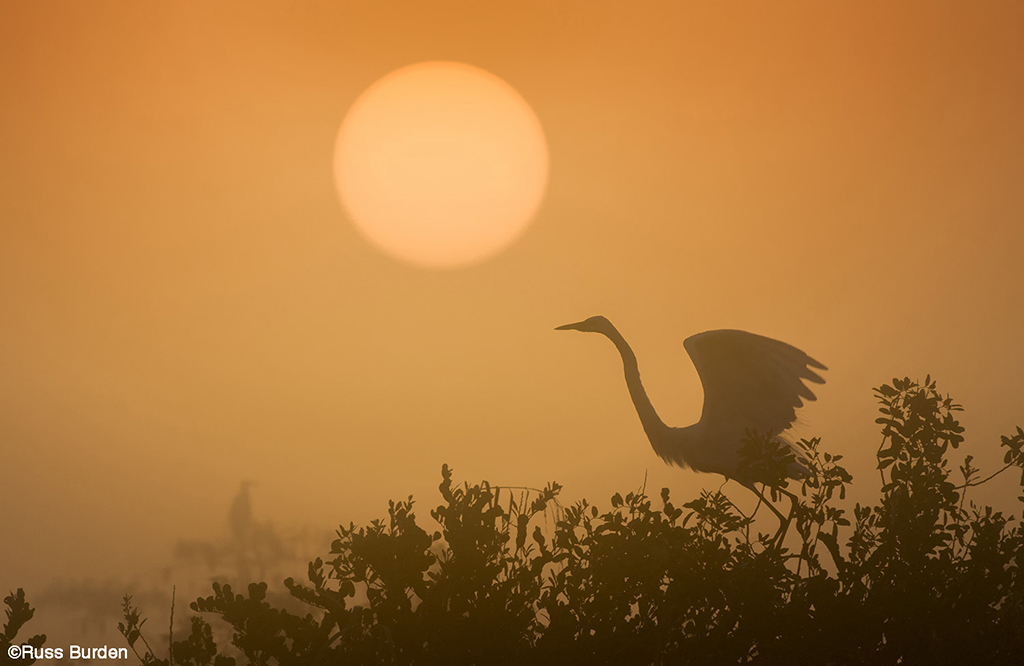
Bean Bag
For all the benefits a tripod or window mount have, they’re heavy and sometimes not practical. In some instances, you can often get away with just a bean bag. In comparison, they do have restrictions, but there are times when they do shine. When rested on a car hood or window, a fence or railing, a rock or even the ground, they add a lot of stability over handholding. There are many types and models. Most are designed to be carried empty and filled with sand, beans, rice or other small and pliable materials. Empty, they weigh only a few ounces. Think of the benefit if you’re backpacking. When you get to your destination, fill it with dirt and you’re good to go.
To learn more about this subject, join me on a photo safari to Tanzania. Visit www.russburdenphotography.com to get more information.
The post How To Choose A Camera Support System appeared first on Outdoor Photographer.












